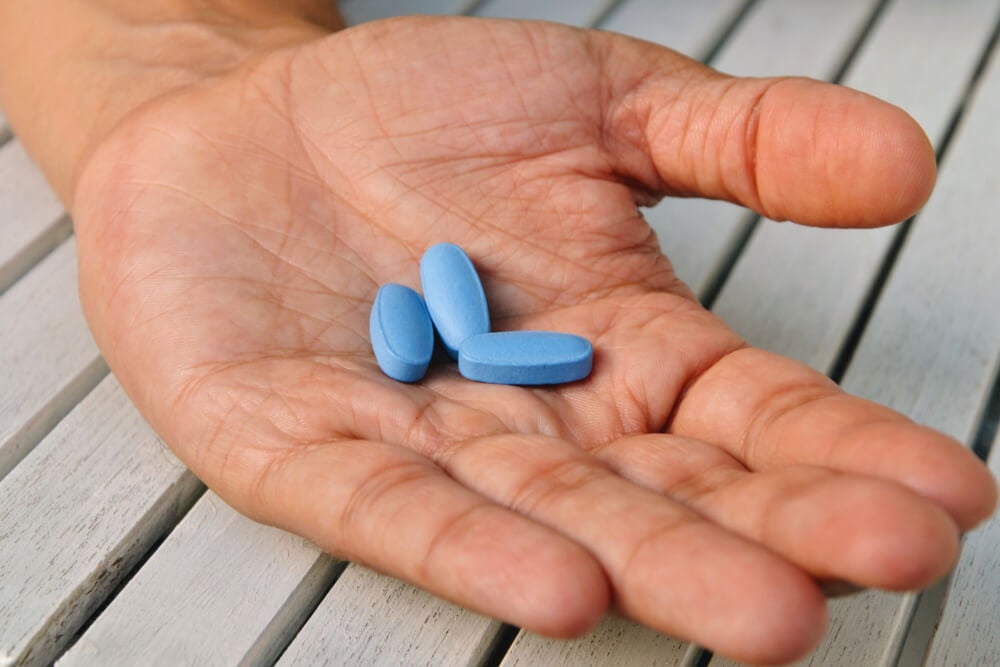Mental illness is one of the largest epidemics of the 21st century, many statistics warn of the worrying increase in the use of anxiolytics and antidepressants; however, it is worse if we talk about the population of children and adolescents. Drugs among children and adolescents have increased alarmingly in recent years, between 2005 and 2012, according to the World Health Organization (WHO).
According to the organization, it is estimated that about 20% of children and adolescents have mental disorders or problems, while about half of these disorders appear before age 14, although many are neither detected nor treated. one of the leading causes of illness and disability in young people and adolescents.
- Several studies have shown that mental disorders have a genetic predisposition factor.
- But also an important environmental factor; many risk factors increase the prevalence of these diseases.
- Especially during childhood and adolescence.
- For example: family disorders.
- Such as parent separation or neglect.
- Physical and sexual abuse.
- Substance use.
- Stress.
- Etc.
It should be noted that we are talking about critical moments in a person’s development, on the one hand, childhood is our personality and determines adulthood, on the other hand, adolescence is a crucial moment for many changes at all levels. First, physically; second, emotionally; third, on a social level, among others.
Therefore, it is clear that acting to prevent and promote mental health should be a priority, but the most appropriate environments for it must be taken into account: first and foremost, the family, although school and society in general are also important .
Treatment with psychopharmaceuticals in children and adolescents should always be accompanied by psychosocial interventions and should never be exclusive.
The pharmacological treatment of psychological disorders in children is quite recent. On the one hand, psychotherapy has been used for a long time because these problems were almost always associated with an environmental cause. On the contrary, there were insufficient studies on the efficacy and safety of psychopharmaceutical use in children and adolescents.
However, the situation has changed in recent years and many avenues of research are opened up in this area. However, medications often continue to be used in children outside the indications of prescription information (compassionate use).
It should be noted that throughout the development of the child, and even in adolescence, the pharmacokinetic processes of the organism are not the same as those of the adult, like neurotransmission systems, are so important in the mechanisms of action of psychotropic drugs Therefore, it is dangerous to exaggerate the use of drugs in children based on adult studies.
The most commonly used authorized psychotropics in children and adolescents are:
In 2004, the Spanish Medicines and Healthcare Products Agency (AEMPS) recommended that SSRIs not be used in children and adolescents because they are ineffective and increase the risk of suicidal behavior. In addition, none of the SSRSs are approved in the prescription information for depression in these age groups.
In 2016, a group of researchers published in The Lancet a very interesting study on the use of antidepressants in children and adolescents, a systematic review and meta-analysis of all published trials on the use of these drugs, for example, the efficacy of 14 antidepressants for the treatment of major depressive disorder in children and adolescents between the age of 9 and 18.
The result was impressive: only fluoxetine was more effective than placebo; other antidepressants did not have a favorable benefit/risk ratio; in other studies, some of these drugs, such as venlafaxine, have even been associated with an increased risk of suicidal behavior in adolescents; however, other studies have not found this evidence.
Although the results of these studies put us on alert, they should also not be considered an absolute truth, they have their limits and further research is needed, this does not mean that it is necessary to discontinue treatment, each case is unique. In general, the benefit of psychotropic treatment in children and adolescents is greater than the risk of not applying it.
The most important thing is to always follow the instructions of the experts, it is the professionals who can assess the benefit / risk ratio of possible treatments in each patient.

